AI Projects
We've done quite a bit work in this field of late. Below are some samples of what we have done since the explosion of popularity in Artificial Intelligence models.
Generative Instructions
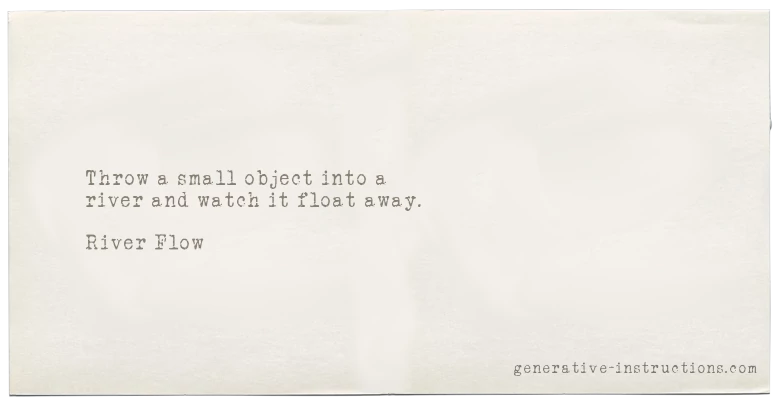
In this groundbreaking exploration of computational creativity and conceptual art, we challenged a large language model to generate an ever-evolving series of instructional art pieces. Drawing inspiration from the revolutionary works of Fluxus, Yoko Ono, Sol LeWitt, John Baldessari, Lawrence Weiner, Miranda July, Robert Morris, George Brecht, Allan Kaprow, Erwin Wurm, and Lygia Clark, this project pushes the boundaries of what's possible when artificial intelligence interprets and reimagines the instructional art movement.
Generative Instructions 2024 exists in the fascinating intersection between human creativity and machine learning. Each instruction set is uniquely generated, creating an endless stream of possibilities for performance, interpretation, and execution. The project challenges our understanding of authorship, artistic intent, and the role of artificial intelligence in creative processes.
Imizuzu: Transcription service
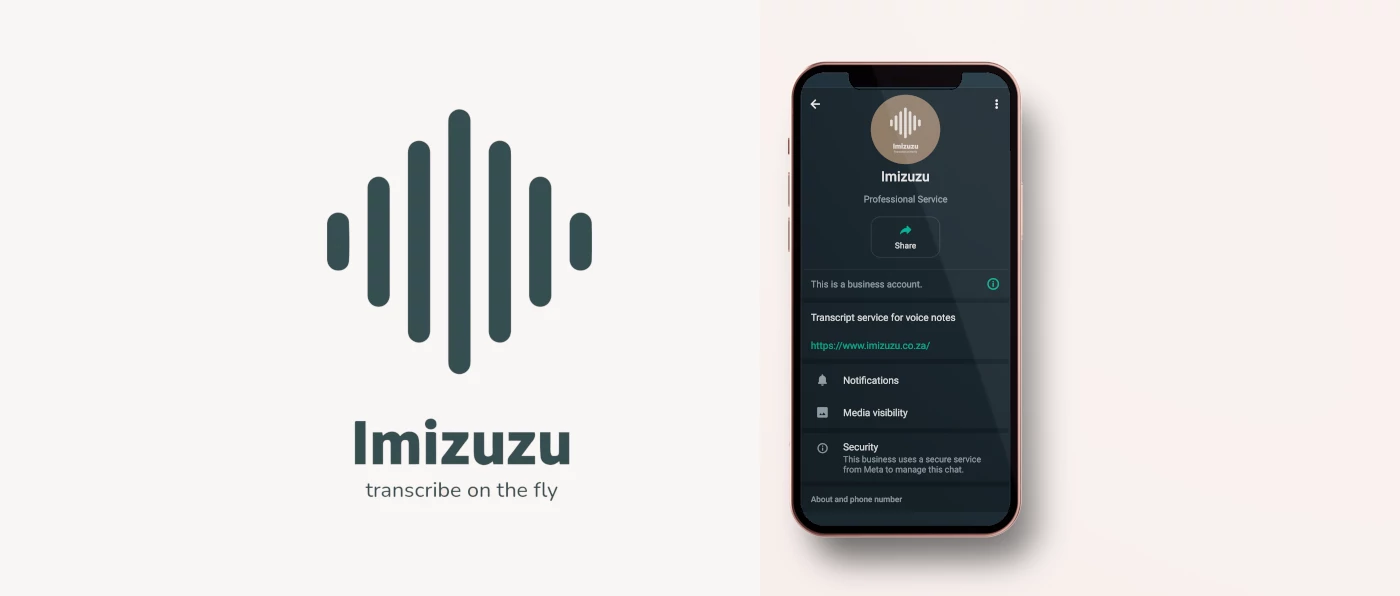
We're excited to announce that Imizuzu, our Whatsapp transcription service is currently in Beta and we need you! So if you speak Zulu, Afrikaans or English we really could do with your help to test our Whatsapp voice note to text service.
It's very simple - you either engage in a conversation with Imizuzu on Whatsapp using voice notes only or forward a voice note that you've recorded previously and send it to the service. Once transcribed you will receive a message back with the text version of the voice note. The service is 95% accurate for English speakers but we would like to see it used more for other languages like Zulu and Afrikaans. A cloud service is also enabled for beta testers where you can access your past transcriptions or conversions in an online dashboard. Simply sign up with the number from which you engaged with Imizuzu and it will automatically show you all your past transcriptions.
We're excited by this as we've been building AI ideas for a while and this one seems to be very functional and works really well.
DM us on our socials to join the Beta program or get in touch here.
Flora Vision
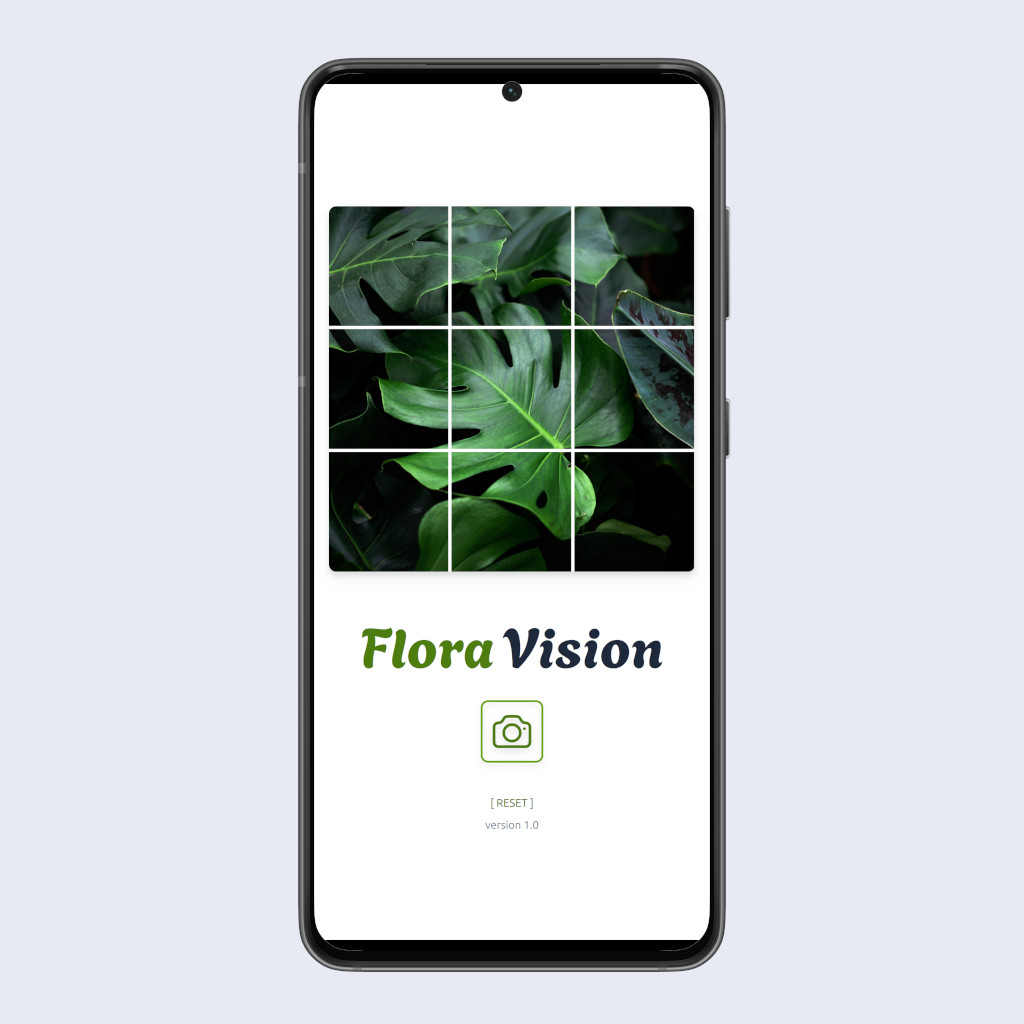
In our pursuit of a project to put OpenAI Vision to the test, Wezside, The Creative Tech Studio, embarked on a fascinating journey that resulted in the birth of Flora Vision—a web app prototype that redefines plant identification. Driven by the desire to create a practical application for OpenAI Vision, we saw an opportunity to seamlessly blend technology with nature, providing users with an effortless process to identify plants.
Our initial challenge revolved around addressing the response time for large images, a common hurdle with robust AI models. Determined to enhance user experience, we devised a solution. Leveraging HTML5 canvas, we resized uploaded files, slashing response times by an impressive 56%. This optimization not only showcased our technical prowess but also highlighted our commitment to delivering a swift and efficient platform.
Flora Vision's rapid development wasn't just about overcoming challenges; it was also about selecting the right tools for the job. We crafted the project using a powerful combination of Serverless AWS Lambda, AmplifyJS, and TailWindCSS. This tech stack not only facilitated a smooth development process but also ensured scalability and reliability for future enhancements. The speed at which Flora Vision came to life, built in less than a day, speaks volumes about our agility and proficiency in the tech space.
As a testament to the project's success, Flora Vision emerged as a user-friendly, informative, and efficient plant identification tool. Beyond the sleek interface and robust algorithms, the app is a showcase of how our creative thinking, swift problem-solving, and the right technology stack can transform an idea into a reality. Wezside's Flora Vision isn't just a web app; it's a testament to the boundless possibilities that arise when our innovative minds converge with cutting-edge technology, delivering a tool that enriches our understanding of the botanical world.
Style Me
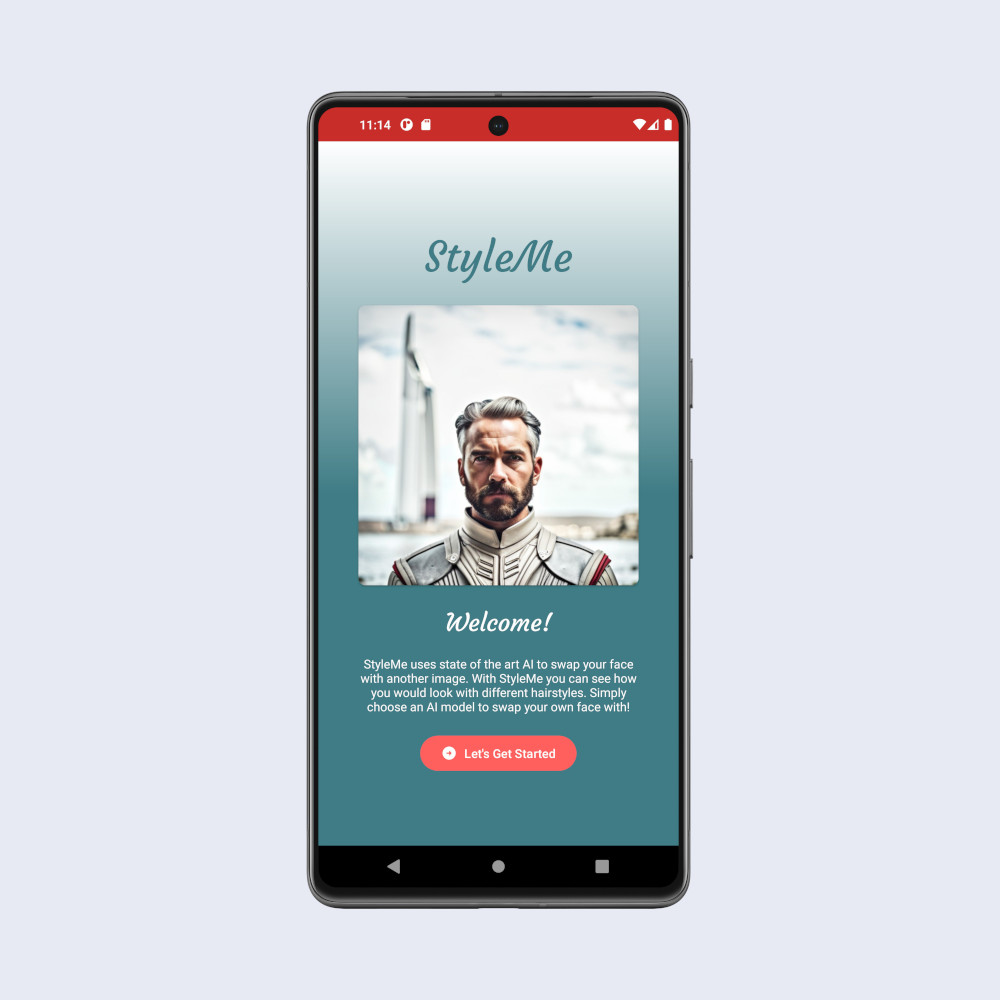
Below is a BTS video of what it takes to build a native mobile app from start to finished that infers an AI model deployed to the cloud to swap faces of two photos. The idea is simple, StyleMe will swap your face with pre-determined AI generated faces with specific hairstyles like 80s, Rock, Punk etc. The challenge was less about the result and more about the entire architecture and how all the pieces fits into the puzzle. I ended up using ReplicateHQ for model deployment and AWS Lambdas for API requests.
The app wasn't released in the wild due to licensing restrictions from the InsightFace model developers. But more importantly the likeness of the deep fake was not enough to validate this idea. If I'm not mistaken the developers of the InsightFace model restricted the result and subsequently the model has been removed from the Github repo due to misuse. The opensource code to use this model called ROOP is in itself opensource and why we were able to learn how to infer this model. So thanks to those guys for sharing. Importantly though the model itself is not available for commercial use. AI + copyright is still a mine field of undetonated litigation.
Menu Planner
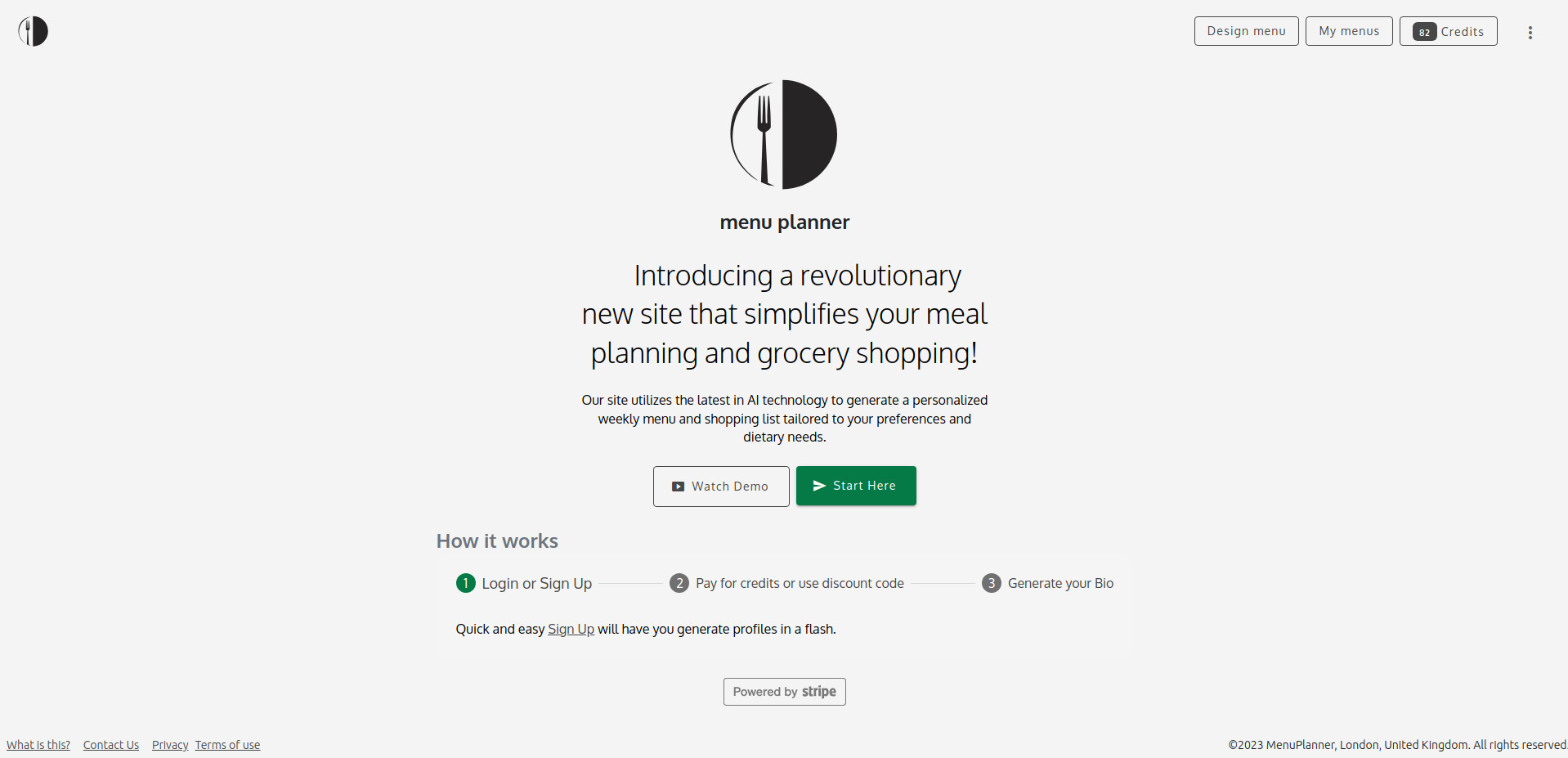
We are thrilled to introduce a revolutionary meal planning experience that leverages the power of OpenAI's ChatGPT technology. At Wezside, we believe that meal planning should be a seamless and enjoyable part of your routine. With our platform, we take the hassle out of deciding what to cook each week by employing advanced algorithms that craft personalized menus tailored to your taste preferences, dietary needs, and any allergies you may have.
Here at Wezside Creactive Tech Studio, we understand that individual preferences vary widely. That's why our innovative algorithm ensures that each user receives a unique meal plan. Whether you're a carnivore, vegetarian, or vegan, Menu Planner adapts to your culinary inclinations. We also consider dietary restrictions like gluten or lactose intolerance, presenting you with recipes that align with your specific needs. Customization is at the heart of our platform—you can refine your meal plan by choosing your preferred cooking methods, cuisines, and ingredients.
Join us at Wezside Creactive Tech Studio's Menu Planner to revolutionize your approach to meal planning. Our extensive recipe collection is curated from top-notch food bloggers and nutritionists, promising not only delightful flavors but also optimal nutrition. Bid farewell to the stress of last-minute grocery store dashes and food wastage. Experience the joy of planning your weekly menu effortlessly with Wezside—we're here to make your culinary journey exciting, efficient, and tailored just for you. Sign up today and embark on a new era of personalized meal planning!
Spark Ai
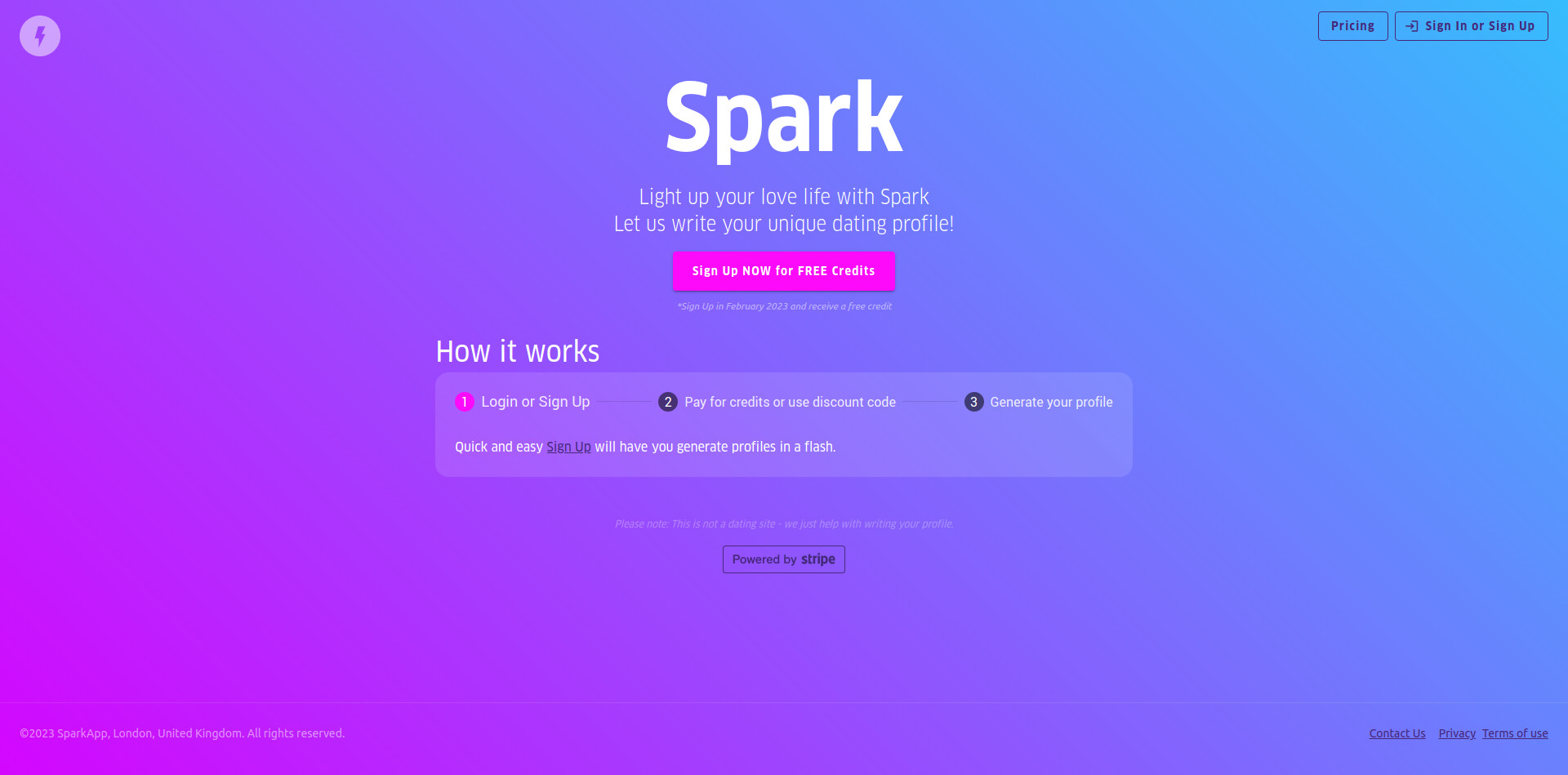
With the advent of artificial intelligence, writing a dating profile has become easier and more fun. SparkAI uses OpenAI's Davinci natural language model to create a dating profile with personal touches for those who struggle to know where to start.
OpenAI’s Davinci model is a powerful tool that can generate human-like responses and language, making it ideal for creating a dating profile. The model uses advanced algorithms and deep learning techniques to understand and mimic human language patterns. With its ability to generate natural language responses, the Davinci model can help create a compelling and engaging dating profile.
To create a dating profile using SparkAI, the first step is to input your basic information, such as your name, age, gender, and location. Once you have entered your basic information, the model can use that information to create a profile that highlights your best qualities.
For instance, if you are someone who enjoys travelling, the model can create a profile that talks about your love for exploring new places and experiencing different cultures. It can also create a profile that highlights your sense of humour, intelligence, and interests.
REVs
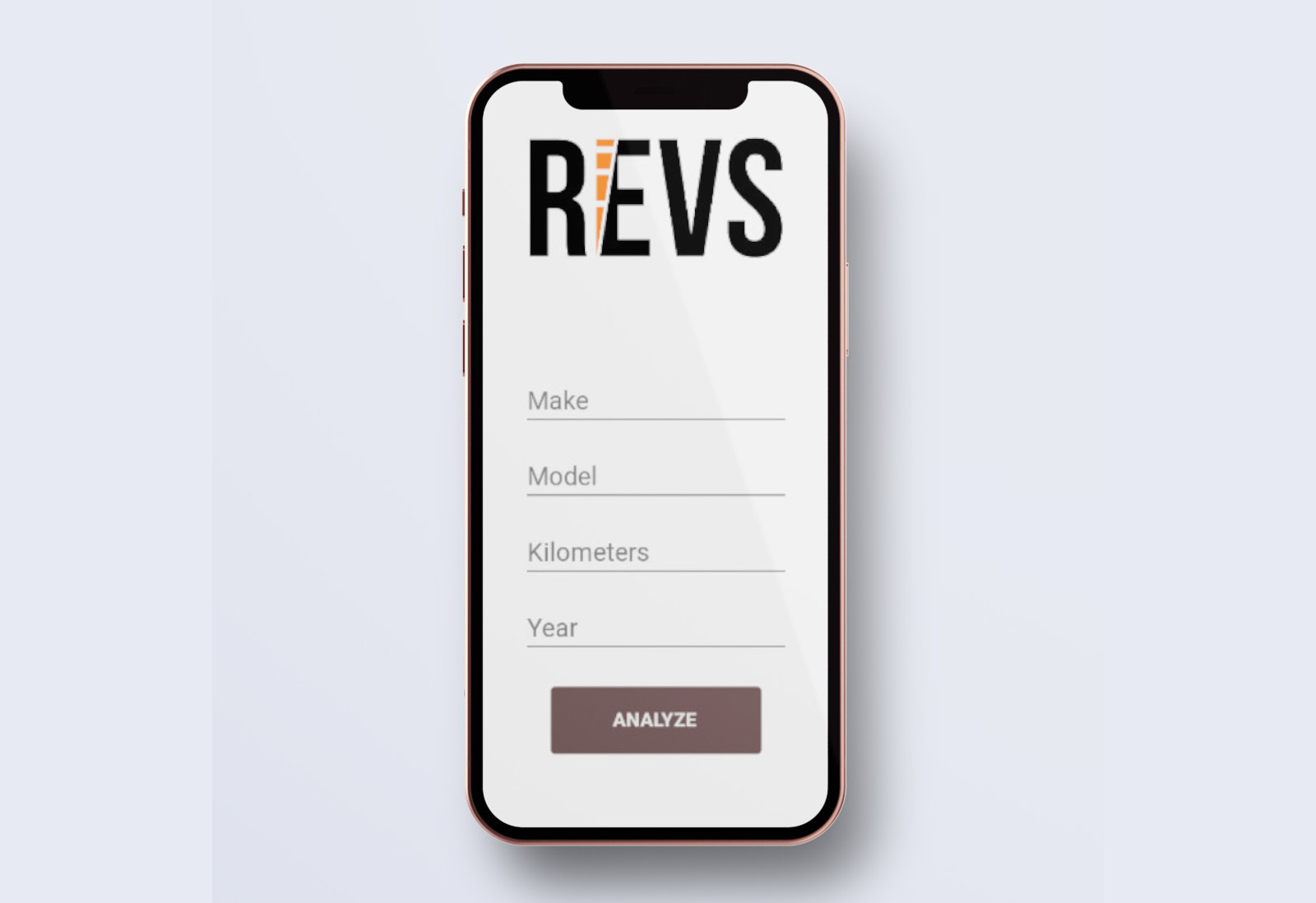
This was a proof of concept project to see if machine learning can help predict second hand car listing prices. The dataset would be popular websites here in South Africa.
So would it be possible to actually give the machine some vehicle properties and let the machine analyse using a model deduced from a data set, to yield a projected price for any given classic car?
So in other words, if I want to purchase a Mercedes 280SL 1988 model which is white and has 250 000 Km on the clock, is the asking price legit or is it ludicrous? It is important to note that we weren't looking for the median price but rather a projected price based on the properties we fed the machine learning algorithm. We were trying to establish a market value based on vehicle properties and not simply the average car price for a specific model & year.
The client/user interface would be an Android app. Asking just a few questions about the classic car properties, we then send this off to our Isivuno platform which keeps the model we trained on the harvester data. Isivuno mined around 30K+ classic cars currently for sale in South Africa only.
After some tweaking of the algorithm we got the error % down to about 10% which is not too bad. We ran out of time due to other work commitments but it was a huge learning curve in how much time ML projects take to get right. We are confident however with some more time we could package this into a very useful tool.